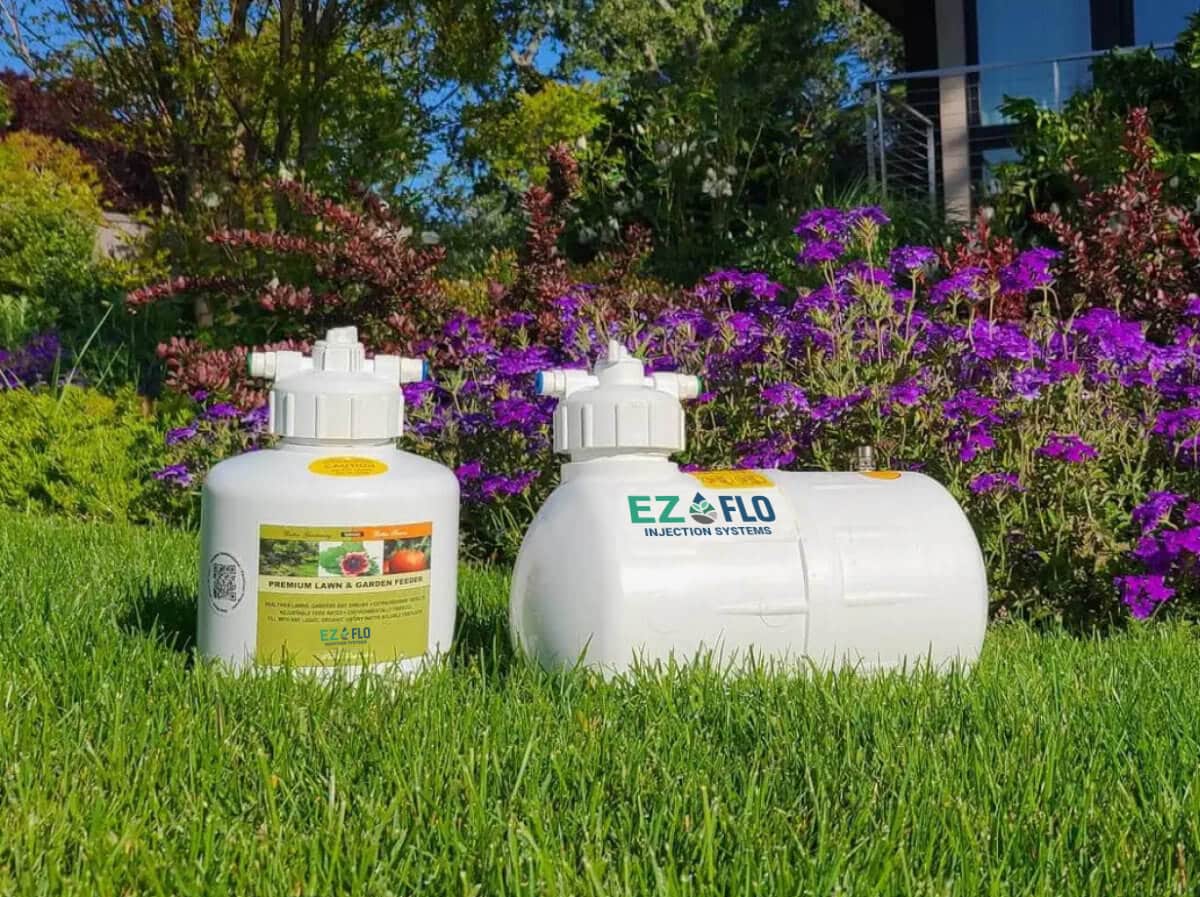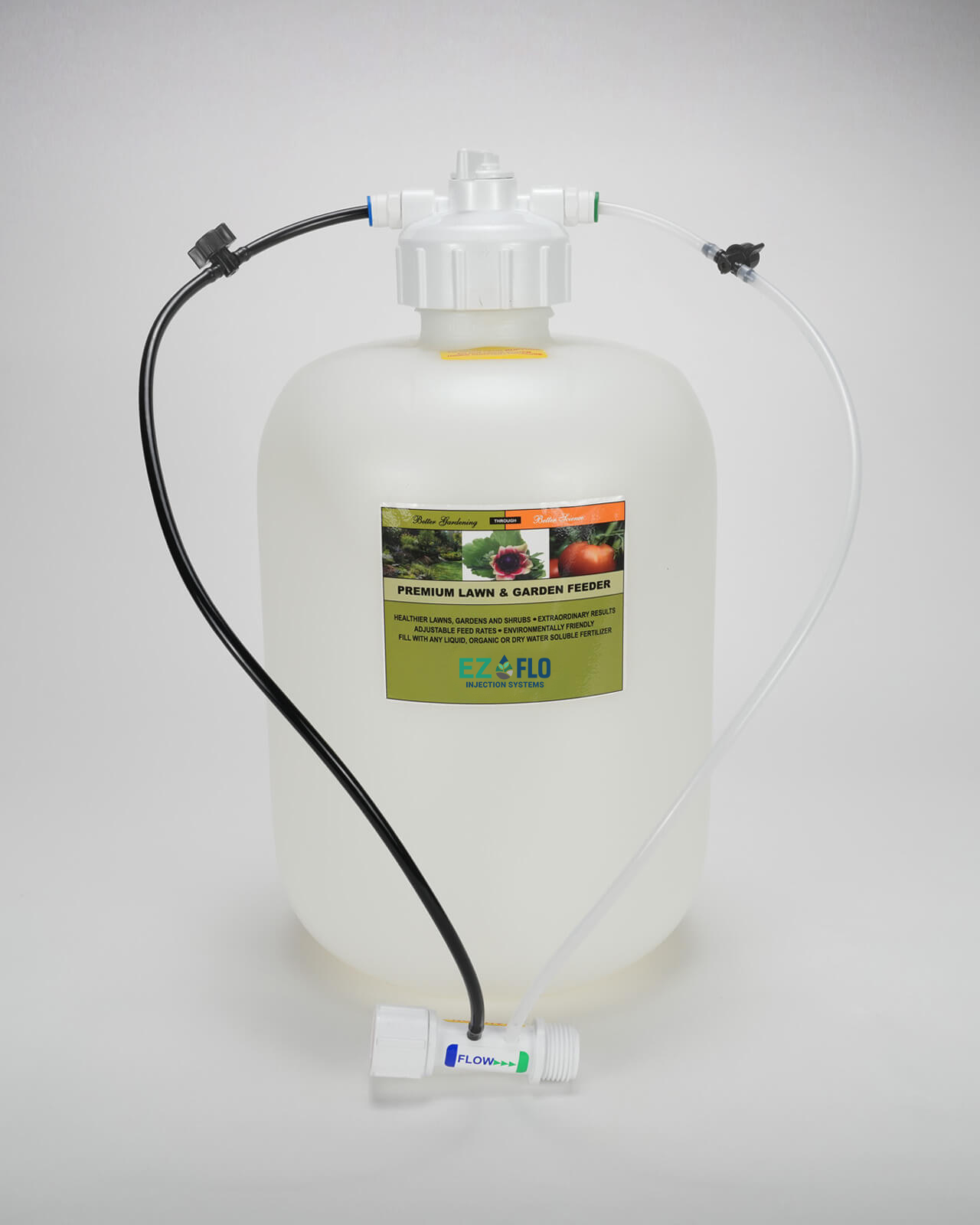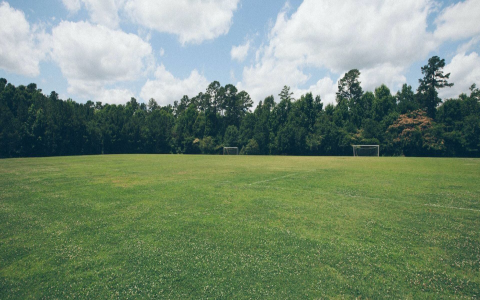Okay, let me tell you about my experience with this ez flow fertilizer injector thing.
Getting Started
So, my garden beds were looking a bit sad, you know? Yellowish leaves, stuff not growing much. I was mixing fertilizer in a watering can, and frankly, it was a real pain. Took forever, constantly refilling. I saw this ez flow injector gadget online, looked simple enough. Basically, it mixes the fertilizer right into your hose water. Sounded like a time saver, so I decided to give it a shot.

When the box arrived, I opened it up. Inside was the main tank, looks like a sturdy plastic bottle, plus some tubing and connectors. Not too many parts, which was good. The instructions were mostly pictures, pretty basic. Seemed straightforward, famous last words, right?
Hooking it Up
Alright, the first step was getting it connected. The idea is it goes between your faucet and your hose. I unscrewed my garden hose, tried to attach the injector’s inlet connector to the spigot. Well, wouldn’t you know it, the threads didn’t quite match up perfectly with my old faucet. Typical. Had to make a trip to the hardware store. Found a little brass adapter that did the trick. A bit annoying, but not the end of the world. Once I had the adapter, it screwed on okay. Then I attached my main garden hose to the outlet side of the injector.
One thing I noticed: Make sure those connections are tight. I didn’t crank down hard enough the first time and got a little spray leak when I turned the water on later. Just used some plumber’s tape and tightened it a bit more, solved that.
Filling and First Use
Next up was the fertilizer. I decided to use a water-soluble type, that blue crystal stuff. The instructions said you could use liquid too. I mixed up a batch in a bucket first, following the fertilizer package directions, maybe a little weaker just to be safe the first time. Then I unscrewed the big cap on the injector tank and carefully poured the blue liquid in. The opening is pretty wide, so it wasn’t too messy.
Okay, time to see if this thing actually worked. I turned on the faucet, just a little at first. Water started flowing through the main hose. Then I looked at the small clear tube that runs from the tank into the water stream. Sure enough, I could see the blue fertilizer liquid getting slowly sucked out of the tank and mixing into the main flow! It was actually working.
There’s a little cap or valve on this thing you can adjust. It’s supposed to control how fast it sucks the fertilizer out, mixing it stronger or weaker.
- Turn it one way, more fertilizer.
- Turn it the other way, less fertilizer.
It’s not super precise, you kinda have to guess. I set it somewhere in the middle to start. Then I just started watering my garden beds like normal, using my regular hose nozzle. It felt way easier than the watering can method. I could cover a much larger area quickly without stopping to remix.

Observations and Cleanup
I watched the tank level go down as I watered. It seemed pretty slow and steady, which felt right. Didn’t want to blast the plants with too much at once. I watered the whole front yard and backyard beds, and there was still fertilizer left in the tank. It seems pretty efficient.
After I finished watering, this part’s important, I turned off the fertilizer valve completely. Then I let the hose run with just plain water for a few minutes. This flushes out any fertilizer left in the hose and the injector’s main line. Don’t want that stuff sitting in there corroding things or clogging it up. Then I disconnected the whole unit, emptied the leftover fertilizer (saved it for next time), rinsed the tank out with plain water, and put it away in the shed.
Final Thoughts
So, yeah, the ez flow injector. Did it work? Yes. Was it easier than hand mixing? Definitely. Took a bit of fiddling to get the connection right initially, but once it was set up, it made fertilizing much faster. The flow adjustment isn’t super scientific, more of an eyeball thing, but for general garden feeding, it seems fine. It feels sturdy enough. Overall, pretty happy with it. Saved me a bunch of time and hassle. We’ll see how the plants respond in the next few weeks, but the process itself is way better now.





















